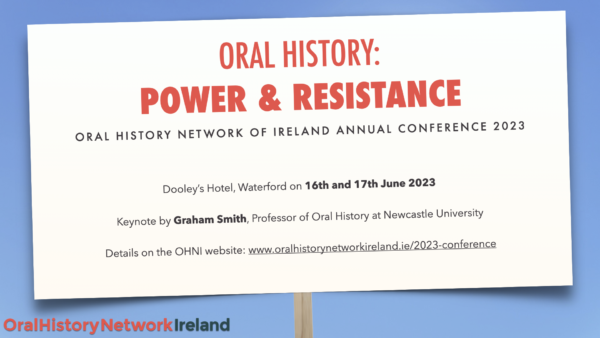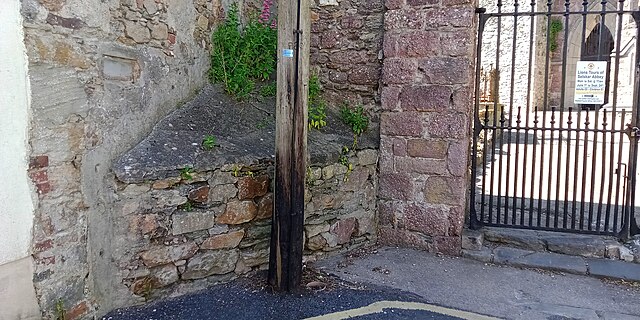Some time ago, I started adding links to 3D models on Sketchfab to ogham stones, sheela-na-gigs and high crosses in Ireland. I thought that this was a good idea to add value to the map, because we already link 2D images, 3D is just so much cooler and more useful. Some of these artefacts are not accessible to the public at all times, and having a digital 3D model makes them accessible for all the world (with a fast enough internet connection). Of course, you could just browse Sketchfab, but having the geolocation can be interesting and useful too.
Sometimes, museums or universities have contracted someone to make 3D models of artefacts that might be in storage in a museum or inaccessible in a farmyard, thus providing OpenAccess to these models in digital form.
What started this initiative of was that I found a working photogrammetry app called Kiri Engine. Full disclosure now: They have made me an ambassador for their app, since I’ve been promoting it in a video already and have recommended it to a few friends in archaeology. But I would still promote it, even if they hadn’t done that.
I’ve made a video on how to use it (YouTube) which will be followed by another one soon. The previous video was about why and how to link to Sketchfab from OSM: YouTube. I had made a wiki page for Sketchfab, but it has experienced some editing since. For it to be useful, the link has to work as a link, so for now, we cannot use just an identifier for the model, but have to use a full link. Sketchfab does hoewever provide a short link which consists of https://skfb.ly/ followed by a (for now) 5-digit code of letters and numbers. This might be possible to utilize as an identifier. But for now, I’m using and would recommend using url:sketchfab with the short url.
 A.-K. D., CC BY-SA 4.0
A.-K. D., CC BY-SA 4.0  A.-K. D., CC BY-SA 4.0, via Wikimedia Commons
A.-K. D., CC BY-SA 4.0, via Wikimedia Commons By Phil Nash from Wikimedia Commons CC BY-SA 4.0, CC BY-SA 4.0
By Phil Nash from Wikimedia Commons CC BY-SA 4.0, CC BY-SA 4.0 

 This is one I came across in Wexford, while I was surveying for benchmarks.
This is one I came across in Wexford, while I was surveying for benchmarks.
 Tullahought milk churn stand, Author: A.-K. D., CC0 Wikicommons
Tullahought milk churn stand, Author: A.-K. D., CC0 Wikicommons